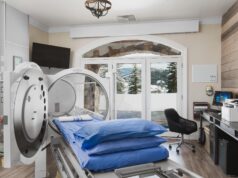
Metal buildings, once considered monotonous, grey edifices, have rapidly gained traction amongst business owners looking to expand.
Challenging the conventional bricks-and-mortar approach, these metallic marvels stand out due to their incredible versatility, remarkable durability, and undeniable cost-effectiveness.
This comprehensive analysis aims to shed light on the multifaceted benefits of metal constructions, positioning them as a pivotal tool for the next wave of business expansion.
Cost-Effectiveness
When businesses contemplate expansion, budget invariably becomes a focal point. Choosing metal structures over their traditional counterparts is a strategic move to achieve noteworthy financial savings.
Right from the outset, metal buildings require fewer raw materials, substantially cutting down the foundational expenses.
The majority of these structures come pre-fabricated, which not only reduces material wastage but also streamlines the labor process, thus further driving down costs.
It’s worth noting a study by the Metal Building Manufacturers Association, which underscores the cost benefits – stating potential savings of up to 30% in total construction expenditure.
Couple this with the fact that metal structures demand minimal maintenance, and you have a two-fold financial boon: significant upfront cost reduction paired with lower long-term expenses.
Durability and Longevity
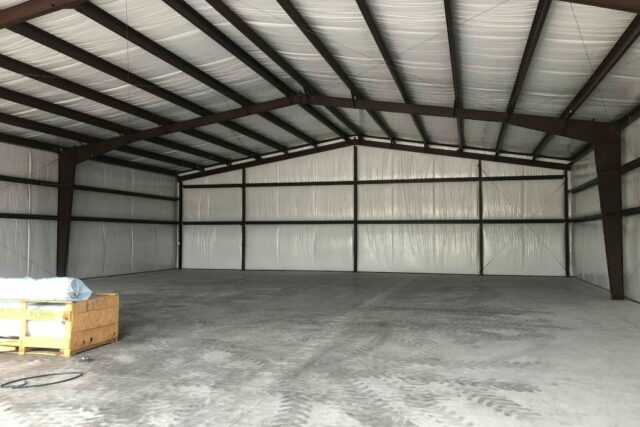
One of the standout merits of metal buildings as seen here is their exceptional durability. Wood, despite its aesthetic appeal, remains vulnerable to pests like termites, and is susceptible to rot. Metal side steps these pitfalls.
What’s more, with appropriate coatings and treatments, metal fortifies itself against fire hazards.
An enlightening report by the American Iron and Steel Institute accentuates the resilience of metal, indicating that steel-reinforced edifices are fortified against a range of extreme conditions, be it the ferocity of hurricanes or the tremors of earthquakes.
In essence, these robust structures promise businesses a dependable shield against adversities, paving the way for uninterrupted operations.
Quick Construction
In the fast-paced business landscape, time equates to money. Metal buildings, with their swift construction timelines, present businesses with a significant edge.
Thanks to the prefabrication of numerous components, assembling them on-site becomes a relatively rapid endeavor.
This accelerated construction means businesses can kickstart their operations in record time, positioning them to seize emerging market opportunities and commence revenue generation promptly.
Energy Efficiency
In an era where sustainable operations are both an environmental and economic priority, metal buildings champion energy efficiency.
Equipped with cutting-edge insulation technologies and specially-designed reflective roofing materials, they ensure that internal temperatures remain regulated.
This dual advantage affords a congenial working atmosphere and slashes energy consumption, driving down utility bills.
The Metal Construction Association has documented the efficacy of insulated metal panels, pinpointing potential energy cost reductions of up to a whopping 50%.
Customization Options
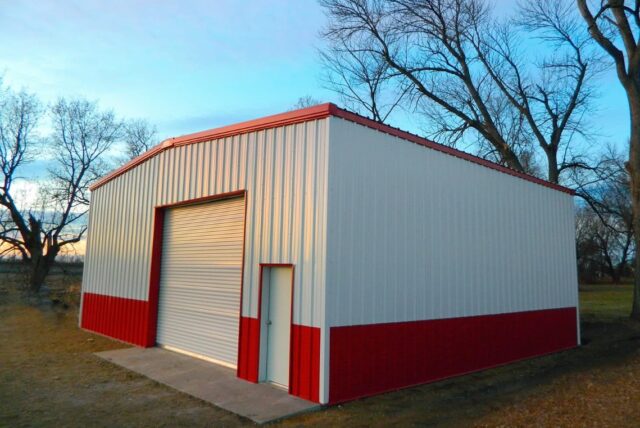
The one-size-fits-all approach rarely benefits businesses. Recognizing this, metal buildings come with a plethora of customization avenues.
From dimensions and internal layout designs to a spectrum of exterior finishes, everything can be meticulously tailored.
Such unparalleled adaptability ensures that businesses can craft spaces that resonate with their brand ethos, operational mandates, and aesthetic sensibilities.
Low Maintenance Requirements
One of the primary operational challenges that businesses often grapple with is the upkeep and maintenance of their infrastructural assets.
Metal buildings, celebrated for their exceptional resilience, are a boon in this context.
The very fabric of their construction is designed to resist the most common forms of degradation, be it rust, corrosion, or the relentless battering by weather elements.
This immunity to elemental wear and tear translates to significantly reduced repair and replacement needs.
Whereas wooden structures come with their own set of vulnerabilities, often mandating regular treatments against pests or environmental damage, metal remains steadfast.
This durability ensures that business owners and operators can focus their energies and resources on their core activities, rather than being ensnared in a constant cycle of repairs and upkeep.
Sustainability and Eco-Friendliness
As the world grows increasingly conscious of environmental impacts, the infrastructural choices of businesses are under scrutiny. Metal buildings, with a significant focus on steel, shine brightly in this context due to their high recyclability quotient.
These structures not only reduce waste in their initial construction (thanks to pre-fabrication) but also ensure that when they’ve outlived their purpose, they don’t end up as landfill waste.
Instead, they can be repurposed, reforged, and reused, truly capturing the spirit of a sustainable, circular economy. Additionally, these buildings are designed with future-forward compatibility.
Their ability to easily integrate with green technologies, including solar panels or green roofing, makes them an environmentally conscientious choice. In this way, businesses can strike a harmonious balance between operational efficiency and eco-responsibility.
Versatility in Use
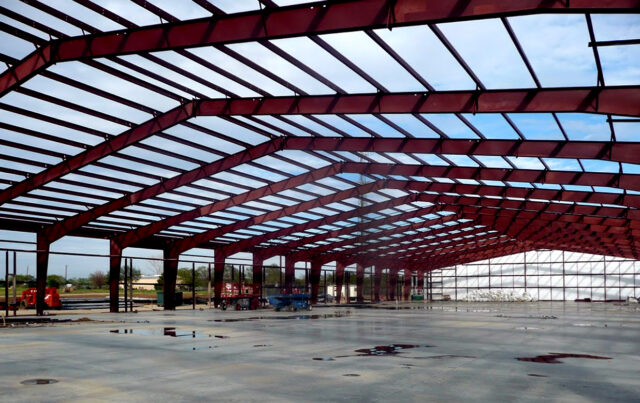
The sheer adaptability of metal buildings is nothing short of impressive. While traditionally associated with industrial or storage purposes, their modern applications are diverse and wide-ranging.
The intrinsic flexibility of metal construction allows these buildings to cater to varied needs, be it the expansive storage requirements of agricultural setups or the chic, minimalist designs desired by urban retail outlets.
Furthermore, with advancements in design and technology, metal structures can easily mimic other materials, offering aesthetic appeal without compromising on strength.
This broad-spectrum utility ensures that irrespective of the business domain or specific infrastructural need, metal buildings stand ready to deliver, further cementing their reputation as a truly versatile architectural choice.
Expansion Scalability
Every business, irrespective of its current size or stature, aspires to grow. But with growth comes the need for more space and adaptability. Metal buildings are uniquely positioned to address these evolving requirements.
Their modular nature means that adding to or modifying the existing structure becomes a simplified task, free from the complexities and hassles associated with traditional construction.
Whether a business wishes to increase its floor space, add new functional zones, or even reconfigure existing layouts, metal structures offer a streamlined pathway to achieve these goals.
Their design promotes elasticity in expansion, ensuring that as a business evolves and its needs magnify, its infrastructural backbone can evolve in tandem, always in alignment with its overarching objectives.
Regulatory and Compliance Benefits
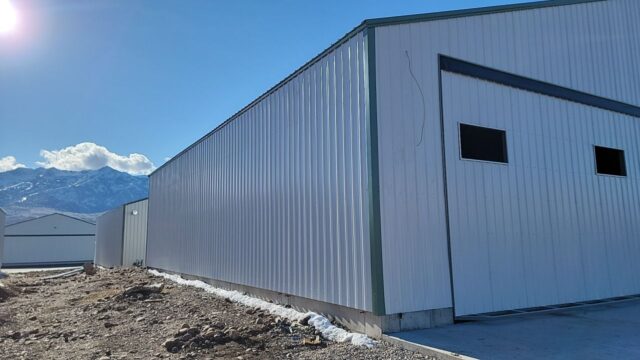
Compliance with industry norms is a non-negotiable business imperative. Metal structures, with their robust nature, frequently outdo industry regulations and safety benchmarks.
Furthermore, their inherent fire resistance and enduring structure can lead to preferential insurance premiums, alleviating financial pressures.
Simplified adherence to regulations ensures businesses remain focused on core operations without the distraction of compliance hurdles.



